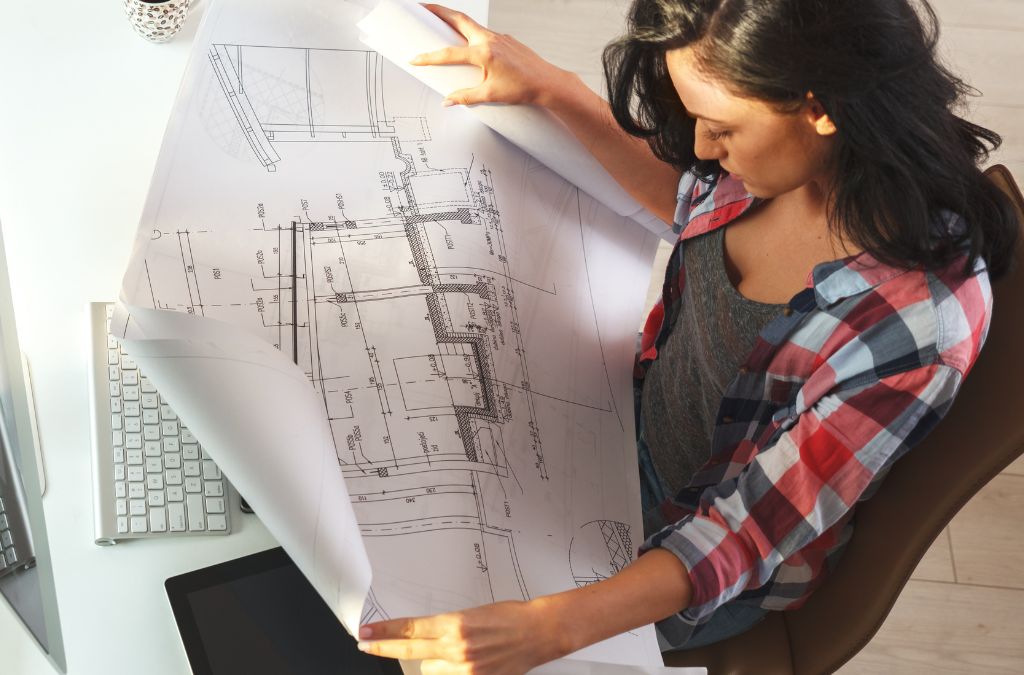Role of an Architect

-
Table of Contents
- The Role of an Architect: Designing Tomorrow’s Spaces
- Understanding the Architect’s Responsibilities
- Conceptualizing Designs
- Compliance and Regulations
- The Importance of Sustainability
- Case Study: The Bullitt Center
- Social Impact of Architecture
- Case Study: The High Line
- Technological Advancements in Architecture
- Example: 3D Printed Homes
- The Future of Architecture
- Smart Buildings
- Adaptive Reuse
- Conclusion
The Role of an Architect: Designing Tomorrow’s Spaces
Architects play a pivotal role in shaping the built environment, influencing how we live, work, and interact with our surroundings. Their work extends beyond mere aesthetics, encompassing functionality, sustainability, and social impact. This article explores the multifaceted responsibilities of architects and their contributions to designing spaces for the future.
Understanding the Architect’s Responsibilities
Architects are responsible for a wide range of tasks, from conceptualizing designs to overseeing construction. Their duties include:
- Creating detailed architectural plans and blueprints
- Ensuring compliance with building codes and regulations
- Collaborating with engineers, contractors, and clients
- Incorporating sustainable practices and materials
- Managing project timelines and budgets
Conceptualizing Designs
The design phase is where architects bring their creative visions to life. This involves sketching initial ideas, developing detailed plans, and using computer-aided design (CAD) software to create 3D models. Architects must balance aesthetics with practicality, ensuring that their designs are both beautiful and functional.
Compliance and Regulations
Architects must navigate a complex web of building codes, zoning laws, and safety regulations. This requires a deep understanding of local and national standards, as well as the ability to adapt designs to meet these requirements. Failure to comply can result in costly delays and legal issues.
The Importance of Sustainability
Sustainability has become a key focus in modern architecture. Architects are increasingly tasked with designing buildings that minimize environmental impact and promote energy efficiency. This includes:
- Using eco-friendly materials
- Incorporating renewable energy sources
- Designing for natural light and ventilation
- Implementing water-saving technologies
Case Study: The Bullitt Center
The Bullitt Center in Seattle is a prime example of sustainable architecture. Dubbed the “greenest commercial building in the world,” it features solar panels, rainwater harvesting, and composting toilets. The building’s design reduces energy consumption by 83% compared to traditional office buildings.
Social Impact of Architecture
Architects have the power to influence social dynamics through their designs. Thoughtfully designed spaces can foster community engagement, improve mental health, and enhance quality of life. Examples include:
- Public parks and recreational areas
- Affordable housing projects
- Community centers and libraries
- Inclusive design for accessibility
Case Study: The High Line
The High Line in New York City transformed an abandoned railway into a vibrant public park. This project revitalized the surrounding neighborhoods, attracting tourists and locals alike. It serves as a model for urban renewal and community engagement.
Technological Advancements in Architecture
Technology is revolutionizing the field of architecture. Innovations such as Building Information Modeling (BIM), virtual reality (VR), and 3D printing are changing how architects design and construct buildings. These tools offer numerous benefits, including:
- Enhanced visualization and design accuracy
- Improved collaboration among project stakeholders
- Streamlined construction processes
- Reduced waste and material costs
Example: 3D Printed Homes
3D printing technology is making waves in the construction industry. Companies like ICON are using 3D printers to build affordable homes quickly and efficiently. This technology has the potential to address housing shortages and provide sustainable solutions for disaster relief.
The Future of Architecture
The role of architects will continue to evolve as new challenges and opportunities arise. Key trends shaping the future of architecture include:
- Smart buildings with integrated technology
- Adaptive reuse of existing structures
- Emphasis on wellness and biophilic design
- Global collaboration and knowledge sharing
Smart Buildings
Smart buildings leverage technology to enhance comfort, efficiency, and security. Features such as automated lighting, climate control, and security systems are becoming standard in modern architecture. These innovations not only improve the user experience but also contribute to energy savings and sustainability.
Adaptive Reuse
Adaptive reuse involves repurposing old buildings for new uses. This approach preserves historical architecture while meeting contemporary needs. Examples include converting warehouses into loft apartments or transforming factories into office spaces. Adaptive reuse promotes sustainability by reducing the need for new construction and minimizing waste.
Conclusion
Architects play a vital role in shaping the spaces of tomorrow. Their work encompasses design, compliance, sustainability, social impact, and technological innovation. By embracing these responsibilities, architects can create environments that are not only functional and beautiful but also sustainable and socially inclusive. As the field continues to evolve, architects will remain at the forefront of designing spaces that meet the needs of future generations.